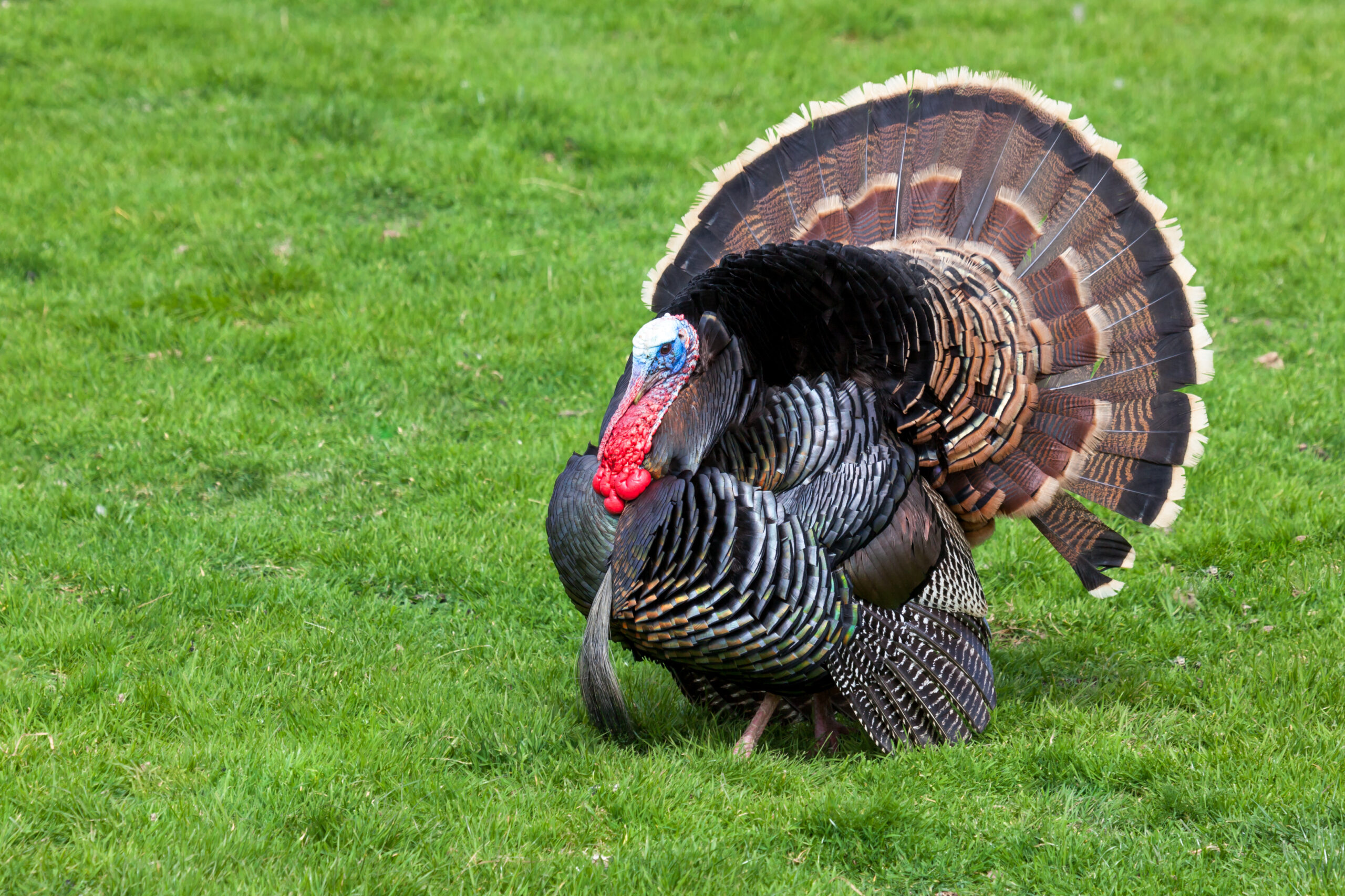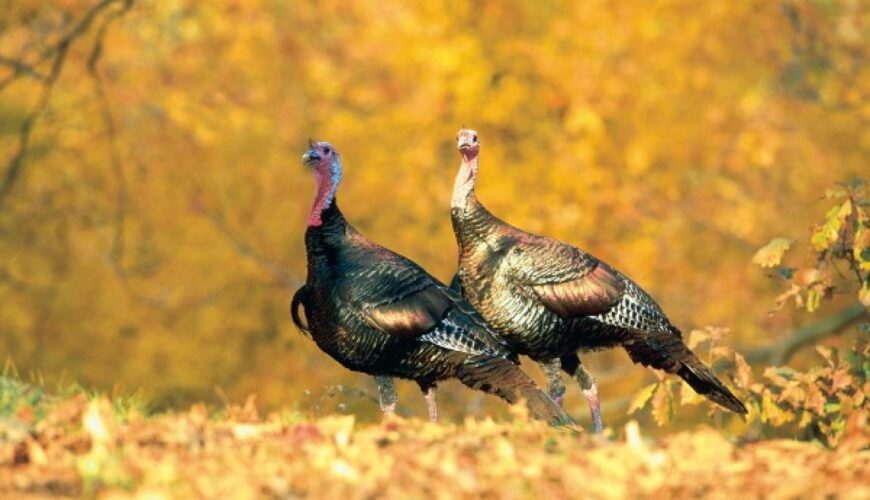News
Congress to Vote on Delisting Gray Wolves and Amending the ESA
December 15, 2025 •iSportsman Staff
November 13, 2022
Few things are so closely associated with a single holiday as Thanksgiving turkey. Whether you do like most people and brave the pre-holiday throngs at grocery stores to buy your Butterball from a deep freezer or go the ultra-traditional route of a pilgrim and take the woods to try your hand at calling a wild turkey into the gun, odds are, most of us are going to dine on the large bird this Thursday.

Thanksgiving, a holiday rooted in historical narratives and cultural heritage, pays homage to the early days of American settlers and Indigenous communities sharing a bountiful meal. The turkey’s centrality to this narrative dates back to the 17th century, when English Pilgrims and Wampanoag tribes united in a harvest celebration, laying the foundation for the holiday we celebrate today. While the specifics of the first Thanksgiving feast may remain somewhat shrouded in history, the turkey’s presence at the table has endured as a symbol of unity across diverse backgrounds.
Beyond its historical significance, the turkey’s role has a great spirit of gratitude. Its sizable portions have made it ideal for feeding large gatherings, echoing the generosity of the season and the value of sharing with loved ones. Roasting a turkey has become a cherished tradition, with its tantalizing aroma filling homes and hearts alike, signaling the start of a feast that encourages reflection on life’s blessings.
In a modern context, Thanksgiving turkey serve as a bridge between generations, connecting us with our ancestors’ customs while allowing us to create new memories. The annual ritual of preparing, cooking, and carving the turkey serves as a tangible link to our heritage. It’s a symbol that transcends time, making each year’s celebration a continuation of a timeless tradition.
While the culinary landscape has diversified over the years, the turkey’s role remains resolute. Whether enjoyed by a carnivorous crowd or as a centerpiece for plant-based alternatives, the turkey’s presence carries a significance that goes beyond its taste. It’s a reminder that during this special time of year, we pause to acknowledge our shared history, the abundance of our lives, and the importance of gathering with loved ones.
In essence, Thanksgiving turkey is not just a dish; it’s a unifying symbol that encapsulates the spirit of Thanksgiving. Its presence on our tables reaffirms our connection to history, our appreciation for the present, and our hope for the future, all while savoring the flavors of togetherness.
So how did the turkey become the designated meal of Thanksgiving dinners across the United States? Britannica, those encyclopedic folks, offers more insight into how this uniquely American bird has become the mouth-watering main menu item for many a family’s meal on this uniquely American holiday.
